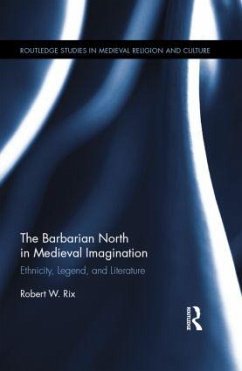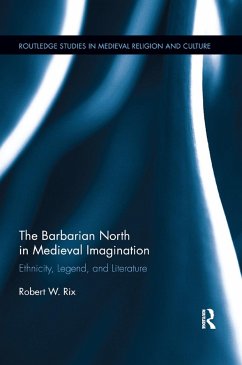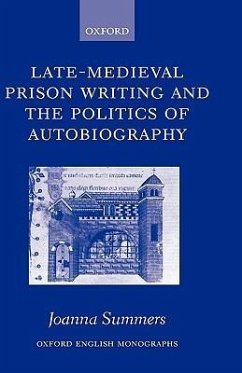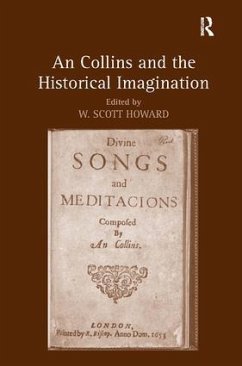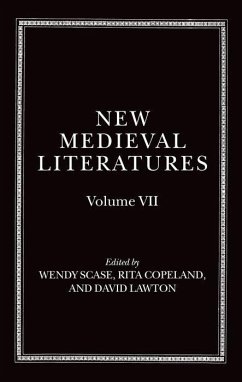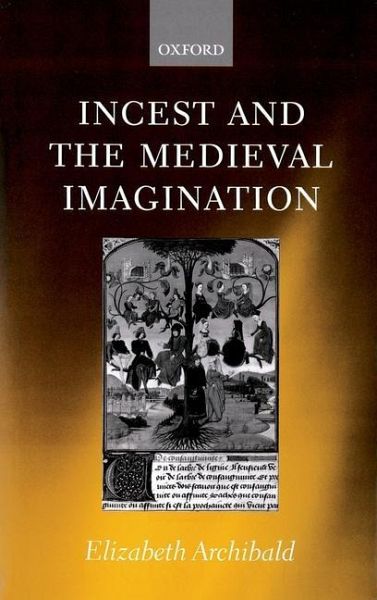
Incest and the Medieval Imagination
Versandkostenfrei!
Versandfertig in 1-2 Wochen
219,99 €
inkl. MwSt.

PAYBACK Punkte
110 °P sammeln!
In the three chapters that follow, homegrown medieval incest stories are grouped by relationship: mother-son (focusing on the Gregorius legend), father-daughter (focusing on La Manekine and its analogues), and sibling (focusing on the Arthurian legend). The final chapter considers the very common medieval trope of the Virgin Mary as mother, daughter, sister and bride of Christ, the one exception to the incest taboo. In western society today, incest has recently been recognized as a serious social problem, and has also become a frequent theme in both fiction and non-fiction, just as it was in the Middle Ages. This interdisciplinary study is the first broad survey of medieval incest stories in Latin and the vernaculars (mainly French, English and German). It situates the incest theme in both literary and cultural contexts, and offers many thought-provoking comparisons and contrasts to our own society in terms of gender relations, the power of patriarchy, the role of religious institutions in regulating morality, and the relationship between life and literature.
Incest was a social problem in the Middle Ages, and also a popular literary theme. This wide-ranging study is the first survey of medieval incest stories in their cultural context. Did they reflect real life situations? How was incest defined in the Middle Ages? How were classical incest stories treated by medieval writers? Why was incest such a popular motif in the legendary lives of popes and saints, and why was it inserted into the stories of great heroes such as Charlemagne and Arthur?



